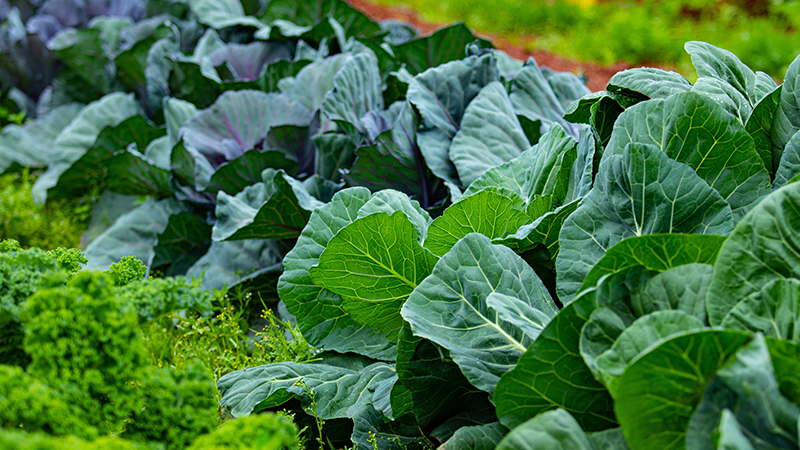‘Game Changer’ Found for Spotted Wing Drosophila Control in Blueberries
USDA-ARS researchers evaluating the efficacy of a hypobaric system as a solution to control spotted wing drosophila (SWD) on blueberries have found they can achieve 100% kill in less than a week. USDA has been searching for a chemical-free alternative to reduce the time highly perishable items must remain at the port of loading for quarantine before being exported. Dr. Spencer Walse, Research Chemist in USDA-ARS’ Commodity Protection and Quality Research Unit in Parlier, CA, says the recent development, by RipeLocker of Bainbridge Island, WA, has huge ramifications.
Ultimately these results could allow for grower/packer/shippers to immediately ship their fruit to the port of entry without the extra six-day cold treatment inside the packing house or at the port if this fruit is being transported via the RipeLocker, Walse says.
“This low-pressure vacuum technology is a game changer in the fight against SWD infesting fresh fruit,” he says. “We’ve achieved 100% kill of all life stages of SWD when infested blueberries were stored in the RipeLockers for just six days.”
“Six days might not sound like a long time, but for highly perishable items like blueberries, table grapes, and cherries, adding six days to the time it takes to get the fruit to market is an eternity,” says George Lobisser, Co-Founder and CEO of RipeLocker.
To further test RipeLocker’s technology overseas, New South Wales Primary Industries’ fruit fly research laboratory in Australia has received the RipeLocker system and will soon conduct fruit fly postharvest disinfestation trials.
FINDING CHEMICAL SOLUTIONS
Walse focuses on solving chemically based problems in agriculture. His research involves the development and integration of predictive chemical kinetics, modeling strategies, and field/in situ results as they relate to quantitatively understanding the interaction of molecules with their surroundings.
“We look at molecules that are produced naturally,” he says, “as well as those that are produced by man, anthropogenically.”

These RipeLocker trays of blueberries are ready for encasing in the hypobaric chamber. After six days in the chamber, USDA researchers could not find a single live spotted wing drosophila.
Photo courtesy of RipeLocker
Walse says their mission is to develop safe and effective alternative chemical and non-chemical treatments to replace methyl bromide use on horticultural stored products to meet quarantine and phytosanitary needs and to preserve or extend domestic and export markets. Their work emphasizes postharvest and chamber fumigation to protect and expand the domestic and foreign distribution of U.S.-grown durable and perishable food commodities.
RipeLocker broadens the use of its innovative system for senescence control and decay suppressant of perishables to eliminate invasive fruit flies without the application of postharvest fumigants, such as methyl bromide or required cold treatments at the port of loading.
Disinfestation trials are being conducted by RipeLocker’s research partners both in the U.S. and Australia to control these pests and eliminate their development and reproduction while being stored inside the RipeLockers.
HOW IT WORKS
RipeLocker chambers offer a unique patented system to manage atmospheric pressure and gas composition (oxygen and CO2) within the chambers to extend the life of fresh produce and flowers. Based on the specific needs of each type of fresh produce or flower, RipeLocker tailors operating parameters, such as internal pressure, oxygen, and CO2 levels, to optimize longevity and freshness. The system continuously reports operating data enabling real-time decision-making to senescence and decay.
RipeLocker designed its pallet-sized chambers so they can easily be deployed and used in the existing cold chain. Produced using novel materials and highly scalable manufacturing processes, the RipeLocker chamber is the first solution that can be delivered cost-effectively in mass volume. RipeLocker has patents on both chamber design and method of operation.
RipeLocker has patented a radical innovation designed to disrupt existing postharvest technologies and processes of preserving the life and freshness of perishables. The company’s low-atmosphere chambers are used for storing and shipping fresh produce and flowers to extend their after-harvest life by weeks, often months. When RipeLocker chambers are used, shippers and retailers reduce food loss, and consumers benefit from a better taste and longer shelf life.
RipeLocker, founded in 2016, is a science-based and data-driven company. It continues to conduct efficacy trials of its RipeLocker chambers for a variety of different crops with the largest growers in the world.
For more information, go to RipeLocker.com.









